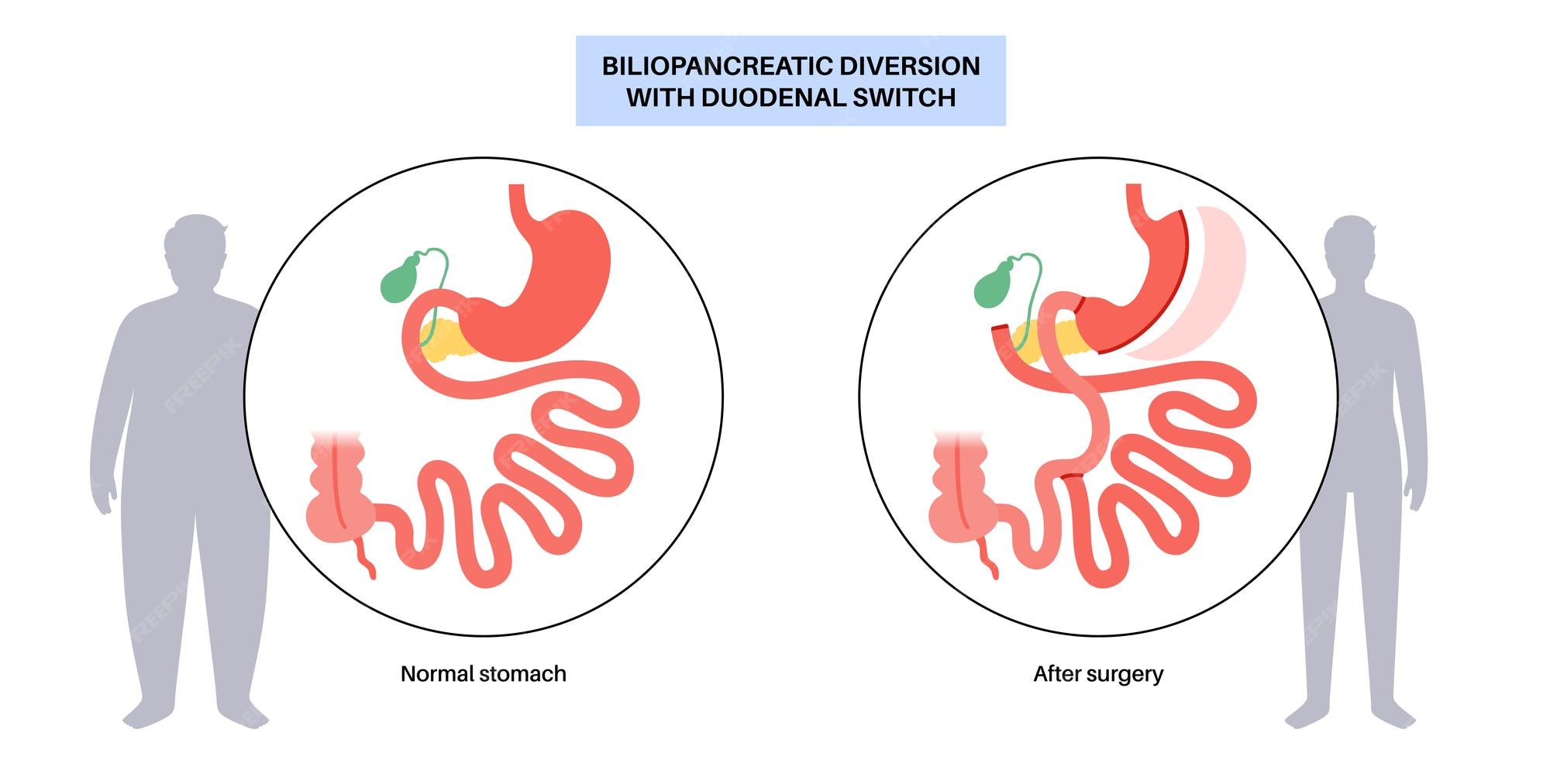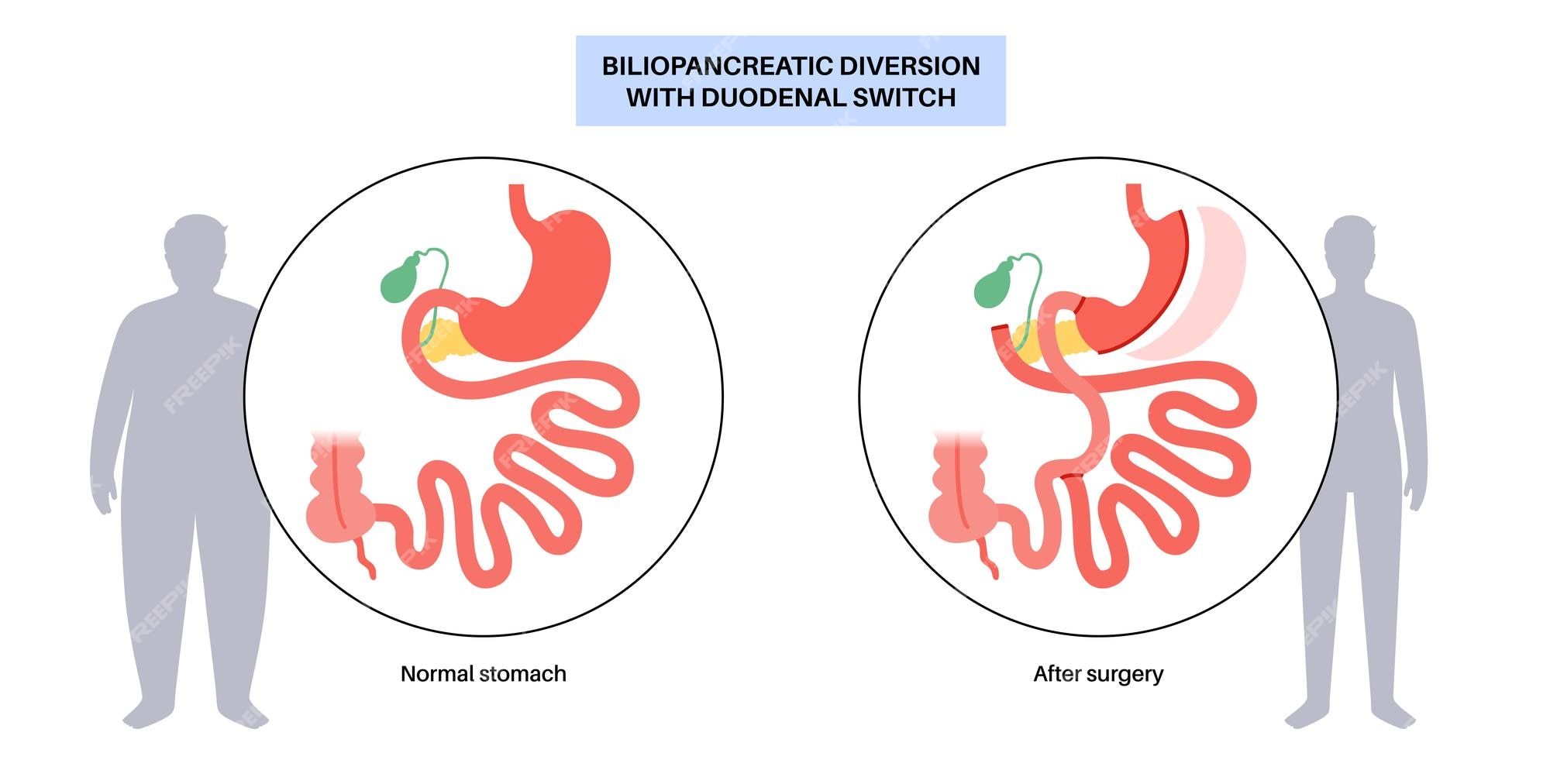The Duodenal Switch Weight Loss Timeline: A Comprehensive Guide
Introduction
The duodenal switch (DS) procedure is a powerful bariatric surgery option for individuals struggling with severe obesity. It combines restrictive and malabsorptive techniques to help patients achieve substantial and sustainable weight loss. Understanding the timeline of weight loss after a duodenal switch is essential for setting realistic expectations and tracking progress. In this article, we’ll delve into the journey of weight loss following a duodenal switch surgery, breaking it down into key stages.

Stage 1: Immediate Post-Surgery
Immediately after a duodenal switch procedure, patients experience significant changes in their eating habits and digestion. During the first few days, you’ll be on a liquid diet and slowly transition to pureed foods. This initial stage is characterized by minimal calorie intake and is essential for healing and recovery.
- Week 1-2: Most patients experience a rapid drop in weight during this period, primarily due to fluid loss and limited food intake. It’s not uncommon to lose 10-20 pounds within the first two weeks.
Stage 2: Early Adaptation (Months 2-3)
As your body adjusts to the surgery, you’ll begin to notice more gradual weight loss. This stage is crucial for getting accustomed to your new eating habits, nutrient absorption, and overall lifestyle changes.
- Month 2-3: Weight loss typically continues at a steady pace during this period. You may lose an average of 1-2 pounds per week. Some patients might experience a plateau, which is normal and can be overcome with proper dietary adherence.
Stage 3: Steady Progress (Months 4-6)
By the fourth month, you’ll have adapted to your new diet and lifestyle. At this stage, the weight loss tends to stabilize, and your body becomes more efficient at absorbing nutrients from food.
- Month 4-6: Weight loss continues at a steady pace, with most patients shedding 3-5 pounds per week on average. Energy levels typically improve during this stage as you adjust to your new eating habits.
Stage 4: Transition to Maintenance (Months 7-12)
Around the seventh month post-surgery, you’ll likely transition to a more regular diet, including solid foods. However, portion control remains crucial to prevent overeating.
- Month 7-12: Weight loss may slow down during this stage, with patients averaging 1-3 pounds per week. It’s important to maintain regular follow-up appointments with your healthcare team to monitor your progress and address any concerns.
Stage 5: Long-Term Maintenance (Beyond One Year)
Long-term success after a duodenal switch depends on your commitment to a healthy lifestyle. Regular exercise, mindful eating, and continuous monitoring of your nutrition will be essential.
- Beyond One Year: Weight loss may gradually taper off, and you’ll be close to your target weight. Your healthcare team will continue to monitor your health and offer guidance on maintaining your progress.
Conclusion
The duodenal switch procedure offers significant weight loss potential for individuals struggling with obesity. The weight loss timeline following this surgery can vary from person to person, but it generally involves rapid initial loss, followed by steady progress and long-term maintenance. It’s essential to work closely with your healthcare team, adhere to dietary guidelines, and make lifestyle adjustments to ensure successful and sustainable weight loss. Remember that the duodenal switch is just the beginning of your journey towards a healthier, happier life.




